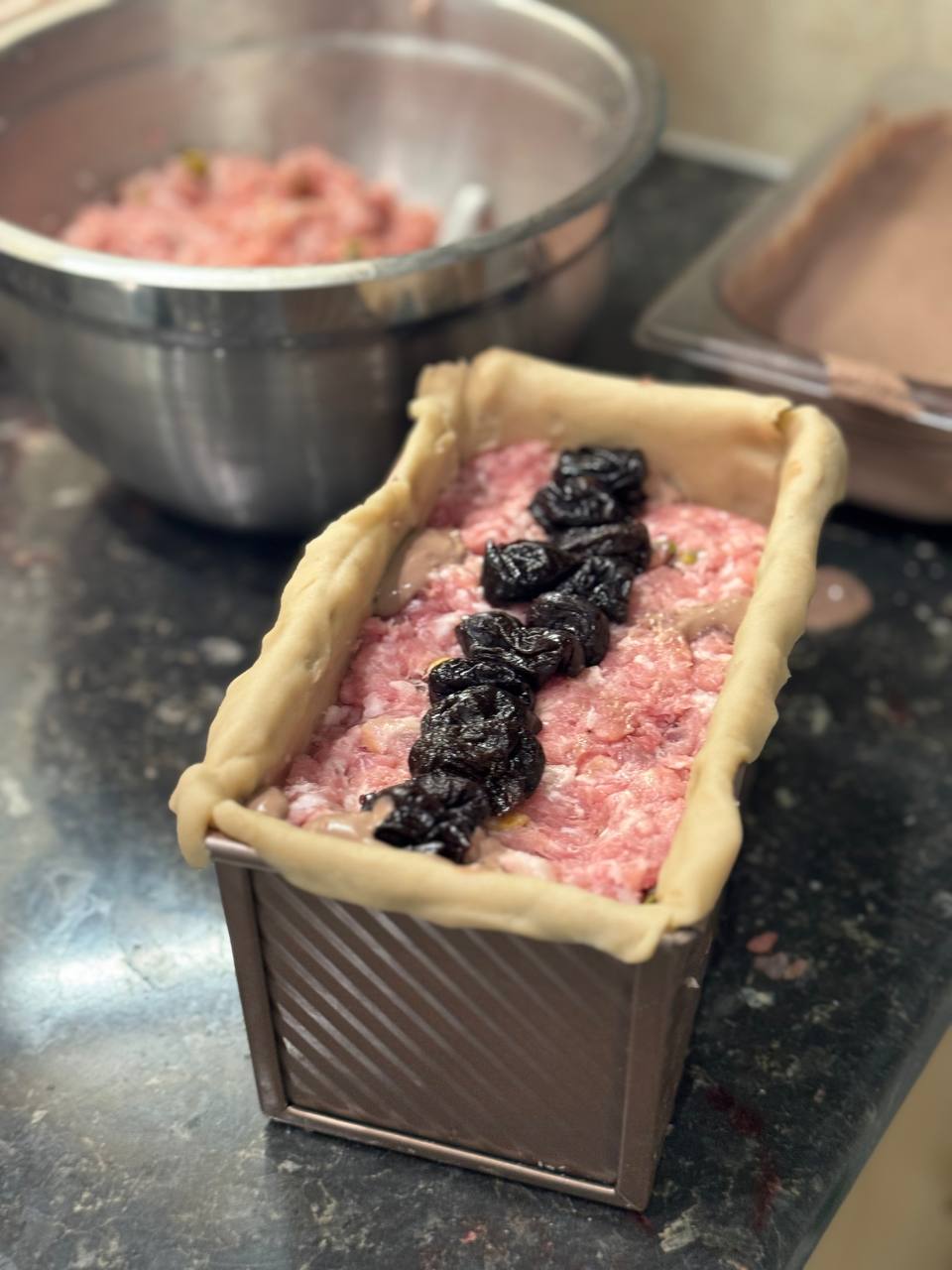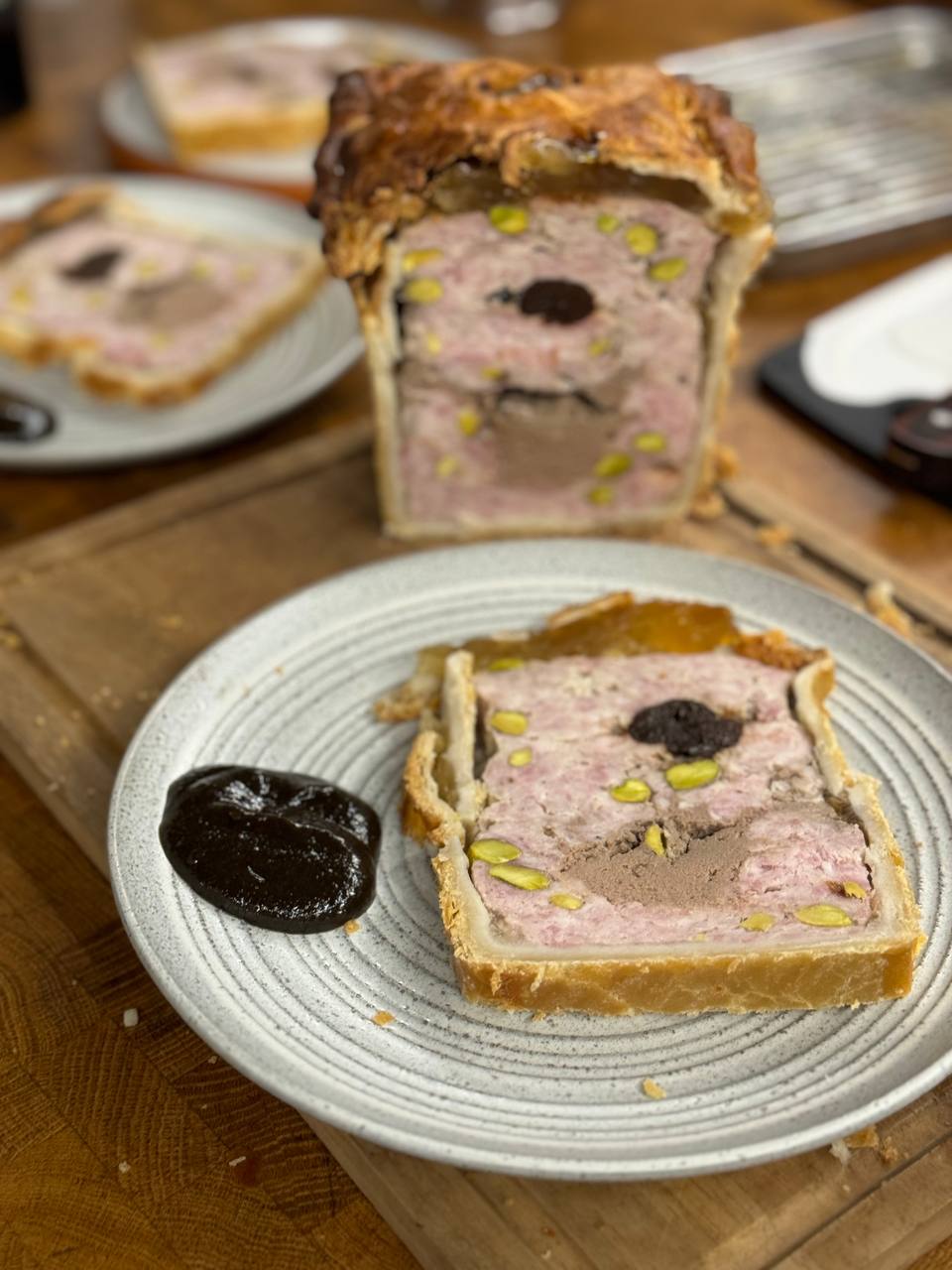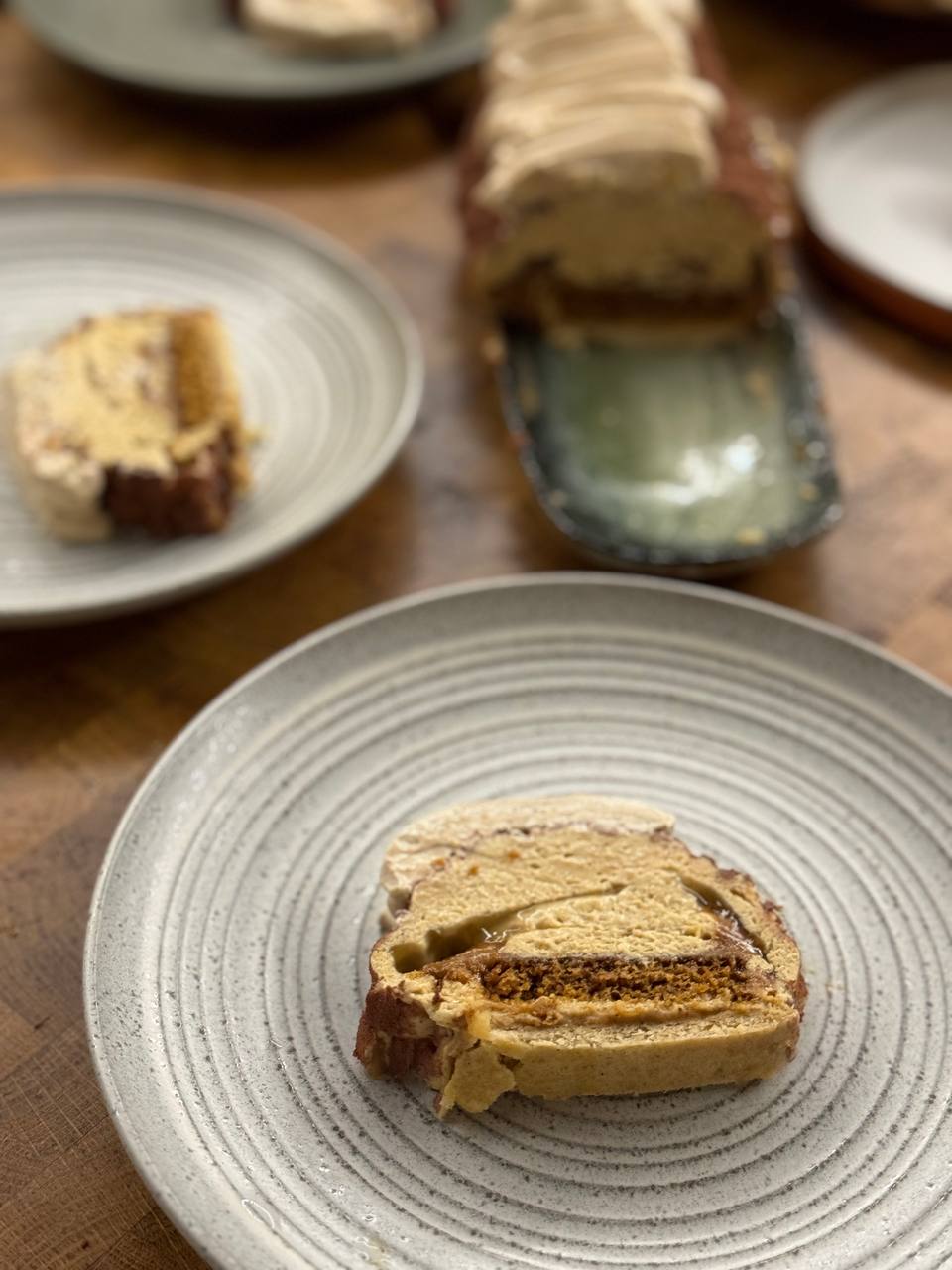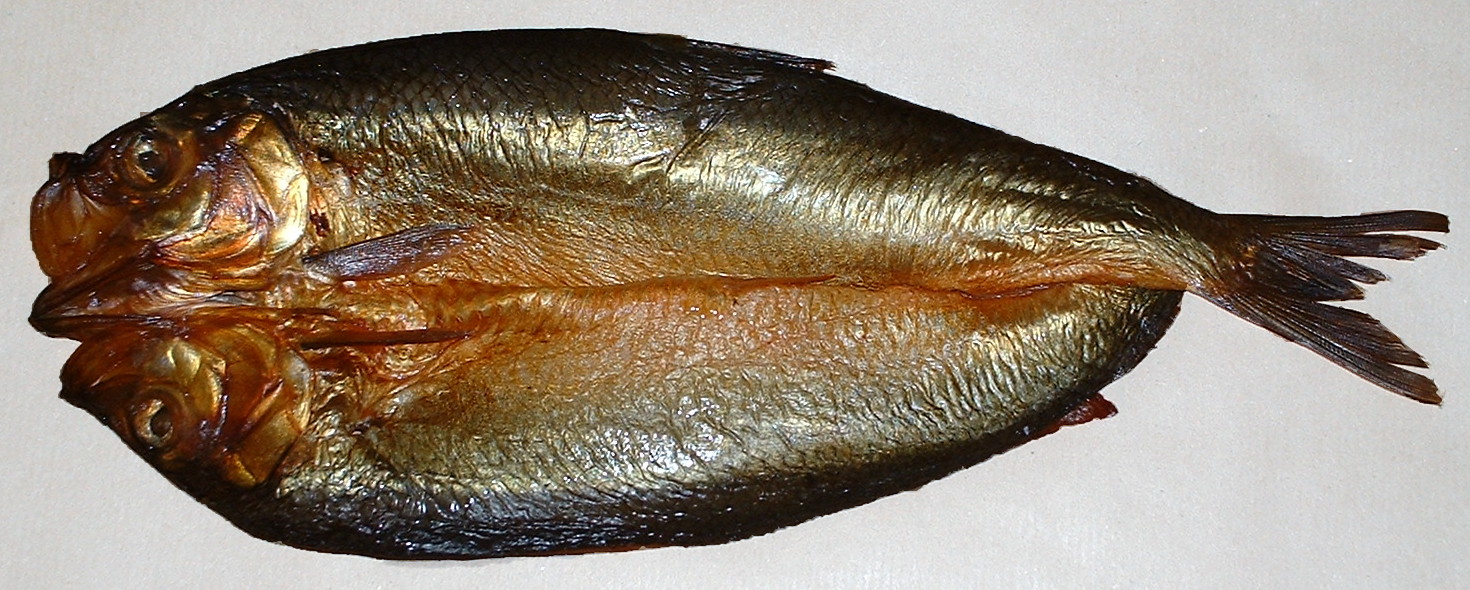|
Your weekly crème de la crème of the Internet is here!
26.12.2023 (read in browser)
This is the free monthly edition of the newsletter. If you want to receive every weekly edition, plus access to the full archive of both free and paid newsletters, subscribe here.
In case you missed it, the last three paid editions included:
- a non-existent #177 as I was in the middle of Scottish wilderness.
-
#178 on returning to Highlands, where I cook venison Beef Wellington in the middle of nowhere, read about peculiarities of life in Midlands, and doubt success of most AI startups.
-
#179 on winter food, where I anticipate months of warming food and drinks, observe nacreous clouds, and rant about books for beginners.
Don't miss out on future newsletters – upgrade now to get access to all of them.
On holidays
In this decade I stir away from tallying the year's ups and downs: it used to have some therapeutic effect on me, but also played a vital role in establishing my self esteem.
Probably I just got smarter now.
Instead, I focus on expanding my selection of cooking skills (and I also need to find the time to sharpen all my knives).
There will be more dishes coming in the next days, but for our Christmas Eve dinner with friends I made a pate en croute with freshly minced pork, turkey trimmings, pistachios, scotch-soaked prunes, and chicken liver pate.
I made the pate too late, so it didn't have enough time to solidify into a torchon, but the shape was fine anyway.

Served with homemade pickles, pickled walnuts ketchup, and a charcuterie platter that included my homemade venison salami:

Meanwhile, Sasha boned and rolled turkey crown stuffed with haggis (think Balmoral chicken).

Then cooked it sous vide and deep fried (think porchetta):

Perfect with creamed spinach (I mentioned the source of inspiration for it last week) and whisky gravy.
We also served some cheese (including the Roquefort that I've made), and for dessert I made a Grolet-inspired buche de Noel.

It had a total of eight components all made from scratch: hazelnut praline, Christmas spice caramel, gingerbread biscuit, ginberbread mousse, cinnamon ganache, dark chocolate shell, hazelnut shortbread, and lime gel.

Happy Holidays!
Things I enjoyed reading
I read through a fair share of post-incident reviews (or post-mortems) throughout my career, but this attempt at formally reviewing the incident where parents forgot about their kid is a really good one:
But this year, I ended up looking at it with a different eye. My perspective had shifted from my usual watch where things go absurdly bad and a bunch of hurried careless people leave Kevin behind, and he's stuck at home to fight burglars.
This time around I noticed all the little checks that were in place but nevertheless failed. It turns out the movie is surprisingly detailed on all these things and made a lot more attempts than I initially thought to make it almost inevitable that Kevin would be stuck home alone. So the thing I decided to do was write an incident investigation the way I would do them for work issues. I can't interview people, but I got a fully recorded movie to work with, along with a script draft found online, which sometimes contains additional or conflicting information with what the movie contains.
I watched the movie many times and always liked it but constantly questioned the plot. After reading this review I've spotted a few things I completely missed (like the thrown away Kevin's ticket) so now the whole movie makes more sense to me. There are also a few cool recommendations on prevention measurements.
All in all, a great holiday time long read.
It'd be fair to say that I get way more deliveries throughout November and December than during the rest of the year. It also involves a certain number of deliveries I have to re-arrange, or return, or cancel. Most of them work like a clock, but if something goes wrong, it goes terribly wrong pretty much instantly (like when you need to delay a UPS package because you're away for a week, and they want you to get a letter and tell them the code it has).
Out of the 5 scheduled deliveries, only 4 arrived.
DHL collected my parcel, took it 40 miles away, and through customs for a security check.
At this point they would have been confronted with a very strange sight. In each box, was a single Weetabix.
I contacted customer services 17 times in 49 days, after which they informed me that it'd been seized by the police. And yet, until the 49th day, I was repeatedly promised that it would still arrive, and there was just a backlog.
It's clearly a common problem, at least in the UK.
The author not only covered the main UX flows of major delivery companies, but also ran an experiment of posting the same boxes with different companies, and the results a hilarious.
I suppose that's one way to summarise the year: look at things that got discontinued.
NFTs on Facebook and Instagram
Remember non-fungible tokens (NFTs)? Somehow, crypto bros convinced people to spend big bucks on what are essentially JPEGs. (Don’t try to convince me otherwise.) Meta got in on the action in 2022, allowing Instagram users to create NFTs and Facebook users to share them. It didn’t exactly set either social network on fire and Meta said in March it would be “winding down digital collectibles.”
That being said, I never understand the urge to buy an NFT, so when they launched NFT support on Instagram, it just felt like some manager's flick..
This is a pretty cool DIY project of embedding LED into an earring:
Could it be filled with LEDs? Most people laughed in disbelief when I suggested it. But everyone agreed that it would be really cool.
I have no idea how to use CNC machines (even though I used to work with one at school a decade ago), but it's always cool to see what one can do with them.
Supposedly Apple will be releasing their Vision Pro in a few months, and while I don't have any plans to buy one straight away, I am looking forward to a wider spread of the technology:
Next, I opened the panoramas—from Iceland, and from somewhere in the Southwest of the US, I think—it was as if I was completely immersed in the landscape. I looked to the left, I looked to the right. I looked up and I looked down. The ice and snow, the feel of cold was everywhere around me.
Sure, these were probably captured by an expert, on a tripod with a smooth ball head mount, and there was minimal shakiness that normal people encounter when capturing a panorama — but still. The feeling of wonder and elation at suddenly being transported to someplace — it is very trippy (not that I would know anything about that). As a photographer, I have always hated panoramas. I don’t capture them on my phone or my regular camera. Well, I don’t hate them anymore. I am going to be thinking differently about panoramas as a way of creative expression in the near future.
I did buy the first Apple Watch though, and despite sceptical people around used it for many years. Maybe this one won't be that bad either reliability-wise.
Most articles these days looking at the state of the union of the past decades sound very alarming: hottest months, more floodings than ever, etc, but this is a great reminder that we also gained many wonderful things and the world was completely different thirty years ago.
Movie Theater Seats have become far more comfortable as movie theaters upgraded, now that they are forced to compete with DVDs/home-theaters (and then the Internet & video games):In particular, they upgraded their uncomfortable school-style stadium seats to real seats; and concession prices seem like they’ve increased less than inflation, making them less of a total ripoff; going is more convenient, as I remember having to call the movie theater for times or check the newspaper to see which of several theaters might have a screening at the right time (crazy, I know); nor am I particularly nostalgic for film rather than digital projection, where damage to the film might be noticeable, and one had to wait on the projectionist (and is that where dirty film booth windows kept coming from…?).
And I have a feeling that the selection could have been way bigger: there are also lots of other improvements pretty much anywhere (and yet no flying cars).
I remember sharing a somewhat similar article a few years ago, based on an interview with a conductor, but this one is a more inclusive look at how complex and yet full of craft this art is:
Conducting, like all acts of leadership, is in large part a function of character. The violinist Carl Flesch went so far as to call it “the only musical activity in which a dash of charlatanism is not only harmless, but positively necessary.” While that is putting it too cynically, Flesch was on to something. I did a fair amount of conducting in college, but even though I practiced endlessly in front of a mirror and spent hours poring over my scores, I lacked the personal magnetism without which no conductor can hope to be more than merely competent at best.
Which also explains why sometimes people might visit the same musical or play again and again even when the only change is the conductor.
I came across another article by the author earlier this year (and shared their grouping of chess players) but completely missed this gem about ways of learning the game as an adult:
I learned a bunch of openings with White for 6 months or so, also via Chessable. Amazingly I won more games with Black, where I had learned nothing, than with White. I got frustrated with this, and switched my openings entirely. It had literally no impact on my rating, and I continued to improve.
I did a quick calculation using the Lichess database and realised, outside GM level, the most common lines still occur less than 0.5% of the time after 8 moves, even assuming you remember your moves 100% of the time! Basically, memorising lines is pretty useless.
I have no idea about my ELO: chess.com claims it to be 1600 but I just played a few dozens games there and didn't participate in a tournament for fifteen years or so. Maybe I should get back (or figure out the same learning strategy for Go).
I am always on a look-out for new things to add to our smart home setup, and this is a pretty cool idea: adding a bed sensor under matress, so in the evening you could shutdown all lights or change heating automatically, or in the morning get everything ready for coffee .
I use a couple of pressure mats that detect when weight is applied to them, and stuck then under our mattress at around hip level and these tell my Home Assistant home automation platform if someone is lying on top of that part of the bed.
I originally thought that these would be more of a gimmick, than actually useful, but this turned out to be totally wrong! These now form an integral part of my smart home and I use them to not only trigger certain automations, but also prevent other automations from running if someone is in bed. For example, I don’t want the ceiling lights coming on in the bedroom if someone is in bed having a sleep!
It's probably less reliable if you have any pets at home.
I attempted reading Aristotle's Physics years back, and suffered greatly, but this essay looks like a good introduction to his ideas instead (and a much more straightforward one).
Sometimes objects undergo various changes in their parts and yet remain the very same object. Indeed, the metabolic processes of living organisms require that they be constantly exchanging materials with the outside world. That a living organism remains the very same living organism despite changes in its parts is explained by the sameness of form.
On the other hand, sometimes the parts of an object remain and yet the object that they once composed is gone. So, for example, if I take a sledgehammer to my table, the matter of that table is still there, but the table is destroyed. This is explained by a difference in form.
On that note, the same term – hylomorphism – is widely used in computer science for a composition of recursive functions.
Things I didn't know last Tuesday
I had no idea these fake stone kitchen counters are dangerous to make:
Engineered stone, a durable and affordable alternative to natural materials like granite and marble, exploded in popularity in Australia throughout the 2000s.
However doctors began sounding the alarm after noticing a surge in stonemasons developing silicosis, a long-term and sometimes fatal lung disease caused by inhaling unsafe levels of silica dust.

It's even more surprising that only Australia has banned its production so far (also seems like renewing your countertop now would be a good investment).
If you ask someone how much do they think they'd do or learn next year, they will always think of their future selfs less than they should be, despite looking at that things they did during a year or any other time period before.
The end-of-history illusion is a psychological illusion in which individuals of all ages believe that they have experienced significant personal growth and changes in tastes up to the present moment, but will not substantially grow or mature in the future. Despite recognizing that their perceptions have evolved, individuals predict that their perceptions will remain roughly the same in the future.
So I guess for some people writing down annual summaries (or even more often, monthly or weekly ones) is a good idea indeed.
I shared an article by a novelist from North Korea and mentioned that it's illegal for people in South Korea to say good things about North Korea.
The South Korean constitution nominally guarantees freedom of speech, press, petition and assembly for its nationals. However, behaviors or speeches in favor of the North Korean regime or communism can be punished by the National Security Law.
While it indeed stands true, I didn't find mentions of enforcing the policy in the recent years.
Over this year I shared many food-related things that were banned or went extinct in the States: the American chestnut being the most recenlt addition.
The American chestnut was not the only tree to suffer from this blight – other species like the European chestnut and the Chinese chestnut were also affected – but it was hit the hardest. The fungus, called Cryphonectria parasitica, attacks the tree through wounds in the bark, causing cankers to form. The cankers eventually girdle the tree, which is a technical term that basically means strangling it — severing the bark, cutting off its water and nutrient supply and killing it. It wiped almost all the American chestnuts out. Roughly 3.5 billion trees died, which isn’t just ‘a shame’ — it devastated the Appalachian culture & economy.
Although I it wasn't a source of food but timber instead.
Every year I come across reminders of terribly dark Christmas stories for kids, and this year's winner is Iceland and a cat that eats kids.
The book’s “Jólakötturinn” poem describes the Christmas cat with verses (later adapted into a 1987 song by Björk) that loosely translate to, “if they heard his meow outside/ everyone was immediately unhappy/ All knew he hunted people/ and he did not want mice.” The poem also mentions the Yule Cat’s weakness for new clothes: “The little children stood rosy and proud all dressed up in their new clothes/ for all who had something new to wear stayed out of the cat’s grasp.”

I guess this also explains why I often hear people trying to wear something new for the holidays.
They just worship Norse gods.
I didn't know sixpence were used for so many things back then: from warding off evil to replacing wedding rings. It's interesting why only this specific coins though:
Cofield writes that coins were used for centuries in many ritual contexts, and the English silver sixpence was a particularly common charm for several reasons. The silver metal was believed to protect holders and ward off evil. The coin’s design included a cross, which had symbolic importance both for Christians and in pre-Christian magic, as well as an image of a monarch, which could be associated with healing. Another factor was that six is a multiple of three, which is an important number in many religious and magical contexts.
My favourite magical use from the list was adding them to cream to counteract witchcraft that prevented it from turning to butter. Now everything makes sense.
I ate kippers on multiple occasions but had no idea it's a name of the dish, not the fish.
A kipper is a whole herring, a small, oily fish, that has been split in a butterfly fashion from tail to head along the dorsal ridge, gutted, salted or pickled, and cold-smoked over smouldering wood chips (typically oak).

So it's just fancy herring.
It's no surprise London housing prices are wild, but I still didn't understand why someone would buy a third floor balcony for £35k.
The 128 sq ft, third floor balcony on Stanhope Gardens, close to Gloucester Road Tube station, was listed for £50,000 with Next Home Ltd in July.
The property is in the process of being sold to a purchaser who is buying it for its parking permit, says agent Glenn Jacobs. The balcony’s new owner had recently bought a property a road away and successfully negotiated a price reduction because it did not come with parking. They are buying the terrace for £35,000, and will pay an annual service charge of £1,300.
So seems like it's easier to get a balcony that comes with a parking permit, and then look for a flat without one and negotiate a discount.
Apparently there is a name for some people's desire to litter:
Why can't some people just hold onto that burger wrapper? Or tuck a plastic bottle back into their bag? Researchers call it "littering behavior," and there are multiple reasons why people mindlessly discard their trash.
I don't think the authors list any way to cure it, but at least there are suggestions on how to reduce number of those littering (they're more likely to litter if there are no garbage bins or if there is already litter in place).
The second day after Christmas is Wren Day, named after a bird that is believed to a be a bird of mages and druids (it still shares the same root with the word "druid" in Irish: Dreoilín).
Wren Day, [...], is an Irish celebration held on 26 December, St. Stephen's Day in a number of countries across Europe. The tradition consists of "hunting" a wren (now a fake wren but previously a real one) and putting it on top of a decorated pole. Then the crowds of mummers, or strawboys, celebrate the wren (also pronounced wran) by dressing up in masks, straw suits, and colourful motley clothing. They form music bands and parade through towns and villages. These crowds are sometimes called the wrenboys.

There is a bunch of legends on why the bird was hunted every year, but these days it's just about celebrations.
Book of the week
As I mentioned, one of the dishes I wanted to cook for a while was the pate en croute. Somewhere deep down it's a huge fancy sausage roll, but the devil is in the details, so everything from farce to dough has to be perfect.
I looked through dozens of recipes (didn't find any fitting for my end goal), and settled on Brian Polcyn's Pâté, Confit, Rillette (written with Michael Ruhlman) book as it had both recipes and generic guidelines for customising them:
Dough has long been used to add some bulk to a meal and serve leftovers in an appealing way; covering leftover chicken and gravy with a crust gives you a rustic pot pie, just as wrapping pâté forcemeat in dough can give you a free-form meat pie. A crust also made meat portable—you could take a cold meat pie to work, like the English pasty. Paul Bocuse famously covered truffled consommé with puff pastry, which baked up into a golden-brown dome of shatteringly flaky crust that, when broken with a spoon, released a cloud of heady truffle aroma into the air. It was that crust, I would argue, and not the consommé itself, that made this dish iconic.
The pâté en croûte is perhaps the most difficult of the preparations in this book, the craft of the charcutier brought to its farthest reaches. The pâté en croûte is so revered in its homeland, France, that each year the town of Tain-l’Hermitage, south of Lyon, holds the Championnat du Monde de Pâté-Croûte, in which chefs from all over the world compete for ten final spots to prepare meat pies for a panel of chef-judges. (The 2017 competition was won by a Japanese chef, proving that the pâté en croûte is indeed a craft appreciated worldwide.) The pâté en croûte is difficult, but it is so extraordinary that it should never be allowed to disappear from modern cooking. Thus we have gone to some effort to attempt to convey all the elements and their successful creation.
In the end, I am pretty sure I will pick up the book many times in the future: there are lots of pates that are probably as delicious on their own as they're baked in dough, but also I collected all the feedback from people and might as well experiment with a different dough to make it more interesting.
Ironically, Rhulman mentions the hot water crust pastry that I used, but disregards it as overly simple and boring: he writes, the French prefer more intricate doughs as they're easier to decorate.
Given how much I struggled with filling mine with aspic after baking, I am not so sure about this but we should see next year.
Thank you and see you in a week
(or in a month)!
If you'd like to support the newsletter, please subscribe to the weekly plan. Otherwise you will keep receiving the letters on a monthly cadence – no need to do anything to opt-in.
If you have any questions, or want to suggest a link for the next newsletter, please drop me a message on Twitter or reply to this email.
Cheers! 🍸
|











